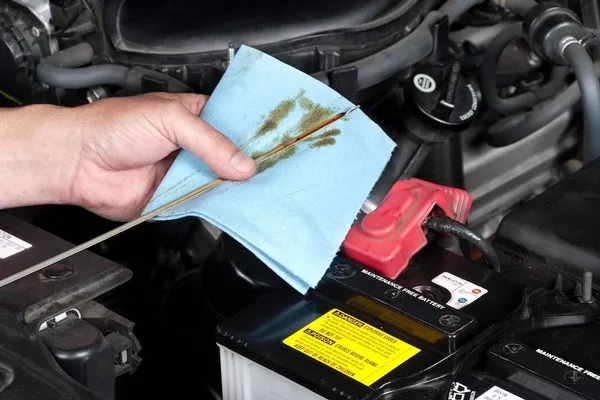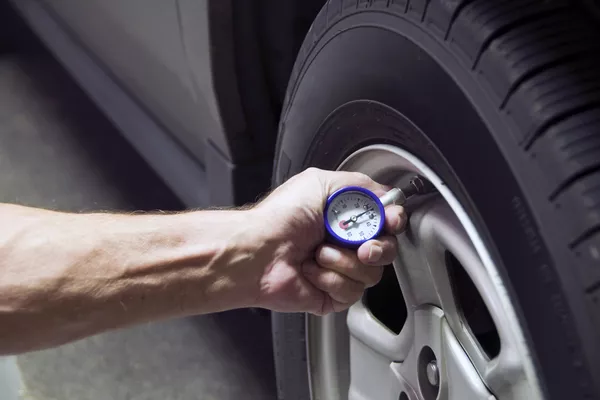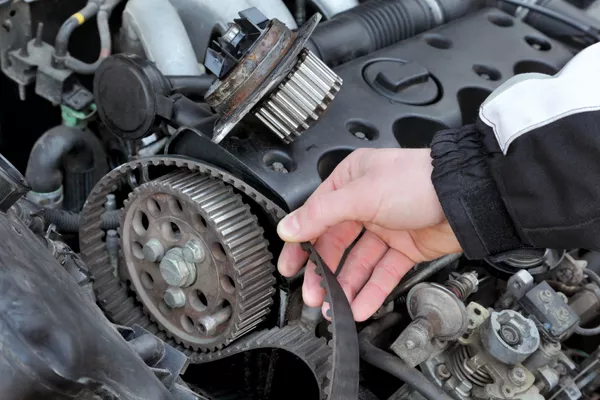Having your own car is an exciting rite of passage. You’ll enjoy the scent of your new car, the thrill of washing your car by yourself and of course, the convenience of having your own ride to drive. However, owning a car also have corresponding responsibilities, especially in taking good care of it.
There are things every car owner should do to ensure that their car will be on its top shape and to prolong its longevity. Philkotse.com prepared a list of the things car owners need to do regularly.
1. Fluid check every week
Your car has lots of fluid that should be maintained in their right levels. Your car’s fluids such as the water reservoir, coolant, brake fluid, oil, power steering, windshield washer and if applicable, the automatic transmission fluid should be checked on a weekly basis.

There shouldn’t be significant losses in these car fluids except for the windshield washer fluid
There shouldn’t be significant losses in these car fluids except for the windshield washer fluid. Once you've noticed that the levels of fluids are abnormally low or there are signs of loss (from full to half-full in a week) this might be an indication of a leak somewhere.
Inspect the ground under the car and check for any signs of puddles or leaks then trace its origin. Remember that the condensation from the air-conditioning system of the car might produce a few drops and its normal. If everything’s in their light levels, then you should only have to top up the water reservoir and washer fluid.
>>> Read more: Top 4 essential fluids in your car.
2. Stick to the 5,000 to 7,500 scheduled maintenance
The maintenance service interval may vary from one vehicle to the other, depending on the car’s model and make. The service interval is very important for the wellbeing of your vehicle. Filter and oil change are the primary service during the maintenance schedule.
But other services may also be included like the recharging of the freon, cleaning of the air-conditioning filter, changing of transmission fluid and any other filters and fluids. Spark plugs may also be replaced every year.
>>> Also read: Essential tools needed in a car tool kit for DIY car maintenance.
3. Check the tire pressure weekly
Tires have recommended tire pressure. However, it gradually loses tire pressure after every use and after several days. Make sure to always check the tire’s pressure. Just follow the guidelines often printed on the door panel in the driver’s side. 1 or 2 psi above or below the recommended will still be safe and won’t hurt your car. It will also allow you to tailor the quality of the ride according to your preferences.

Make sure to always check the tire’s pressure
It is preferable to check the gas in the morning when it’s still cold. If there are soft tires with five to ten psi below the usual, it indicates a slow leak. Check the tires and if you spot any foreign objects particularly a bolt or nail, that might be causing the air pressure leak, don’t pull it out. It will cause the tires to deflate faster.
If this happens, you’ll have to drive the car on a flat tire which will damage the car more. Immediately bring your vehicle to the nearest vulcanizing shop. They can patch it up and your tires will be saved.
>>> Very important: Car tire pressure facts for a safe driving experience.
4. Remember the tire alignment, rotation, and balance
It is recommended to have your tires rotated every 10,000 kilometers or 6 months. This will maintain even tread wear. Every time you have your tires rotated, you also need to have it aligned and balanced.
5. Check if there’s a need for a rust-proof
Analyze if you really have to avail paint protection for your car. Usually, people who have their cars rust-proofed are those living in a snowy climate or parking by the sea. Unless you’re living in any of the said areas, then you don’t need paint protection. The car’s shell is already composed of several layers of paint and primer as protection from metal rust.

Analyze if you really have to avail paint protection for your car
6. Check the battery
The battery can last up to a year or two depending on the usage. One of the most common signs that a battery is about to give up is the hesitation to turn over when starting the engine. If you’re not sure, you can bring your car’s battery to a battery shop. They’ll be able to check it for you.
>>> Grasp your attention: 7 factors that affect your car's battery life expectancy.
7. Don’t forget your timing belt or chain
The timing belt or chain is the most critical component in the service manual that every car owner should not ignore. If this belt breaks, the engine will freeze and you will be stranded with an overhaul. Which is why you should always have it replaced before it happens.
The recommended schedule for the timing belt replacement is between 60,000 to 70,000 kilometers. Always depend on your owner's manual for more accurate detail.

The timing belt or chain is the most critical component in the service manual that every car owner should not ignore
8. Clutch replacement or transmission overhaul
The word “overhaul” scares most car owners, but it is actually a routine service involving the transmission. If the gears of your car refuse to engage or begin to slip, it’s an indication of a worn-out clutch and it needs to be replaced.
Don’t get fooled by a service advisor telling you that you need to replace the entire transmission, most especially if it is less than 100,000 kilometers.
9. Check if you really need 95 or 98 Octane gasoline
The regular unleaded or 93 octane works well for most drivers who travel on a daily basis, but some engines run better when powered by higher grade gasoline. So, better check your engine if you really need a 95 or 98 octane gasoline.
Most of the time, it’s not really necessary unless you’re driving a sports or luxury car. It can also help in making a smoother operation. It depends on you if you want to spend additional money on higher-grade gasoline but remember that the regular unleaded is perfectly fine.

Some engines run better when powered by higher grade gasoline
>>> Check out: 6 useful tips to fill up your tank with the right fuel.
10. Have an Italian tune-up
Heavy traffic causes so much strain in your vehicle. in fact, it also qualifies as an extreme road condition because of the frequent stop-and-go which damages the transmission as well as the ingested fumes from the air intake.
This is why it's advisable to have a long drive at least once a month. It will allow you to gently work the gears’ upper ranges and also blow out any crud present in the pipes.
Recent posts
- Car maintenance: How to check the engine's good coolant level Nov 30, 2022
- 4 essential tips to control your car maintenance expenses Nov 17, 2022
- 4 Recommended Mobile Apps for Filipino Drivers to Track Car Maintenance Aug 09, 2022
- 8 Maintenance Tips to Keep Your Car Healthy Jul 31, 2018
- 3 important milestones for new car maintenance schedule Oct 22, 2020












